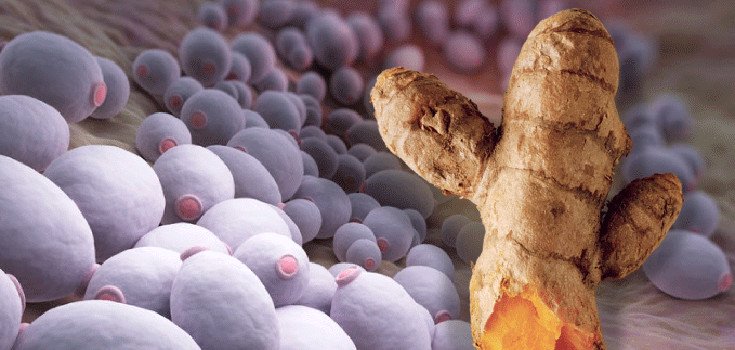Here is How Candida May Actually Cause Cancer
Here is How Candida May Actually Cause Cancer
Plus natural solutions
For many years, the only known link between Candida spp.
For many years, the only known link between Candida spp. infections, and cancer was that it is an opportunistic pathogen taking advantage of the immune system damage caused by chemo. Recently, new researchhas found that Candida albicans can actually also promote cancer by producing carcinogens, causing inflammation, increasing the response of Th17 cells, and molecular mimicry of our own immune cells.
Candida produces the carcinogens known as nitrosamines and acetaldehyde . Nitrosamines activate specific pro-cancer genes, while acetaldehyde is a DNA-damaging carcinogen with many downstream effects. Inflammation promotes cancer by causing tissue damage and production of chemicals that promote angiogenesis, proliferation, migration, and adhesion while inhibiting apoptosis of damaged cells.
Th17 cells, which are dominant in the response to Candida infections, are also responsible for production of chemicals that can increase angiogenesis and tumor growth .
On top of this, antibodies produced against Candida albicans can mimic a receptor on white blood cells, possibly causing antibodies to be formed against our own immune cells. This is another strike against sugar and alcohol consumption in relation to cancer risk, as both alcohol metabolism and sugar fermentation lead to acetaldehyde production.
One real-life report of cancer being in association with fungal infections comes from Meinolf Karthaus, who observed three children with leukemia suddenly go into remission after antifungal treatment for “secondary” infections.
Additionally, one doctor had found fungal spores in every tissue sample of cancer that he studied , as he used saline instead of formaldehyde to transport the samples in order to preserve any possible fungi.
Related: The Inexpensive, Anti-Fungal Candida-Defeating Extract
Natural Anti-Fungal Solutions for Candida
While pharmaceutical antifungals can cause even more damage to patients’ liver and kidneys, curcumin, the “main” medicinal compound in turmeric , may be an alternative.
On top of exhibiting potent antifungal activity against Candida, curcumin also has anticancer properties, such as the ability to destroy cancer stem cells. Curcumin has antifungal effects against other species as well. Cryptococcus, Aspergillus, Trichosporon, and Paracoccidioides strains have been shown to be vulnerable to its effects.
Additionally, curcumin can prevent resistance of Candidato the antifungal drug fluconazole. It appeared to be that resistant Candida were able to pump fluconazole out of the cell bodies. Despite curcumin’s poor water solubility and thus bioavailability, nanoparticles and fat soluble delivery methods can overcome this limitation. More traditionally, golden milk is a beverage that increases availability of turmeric to the body, and can be made at home.
Besides curcumin, clove oil may also be effective against Candidainfections. In one study, even the vapour of clove essential oil was able to inhibit several species of fungi , though the oil vapor was only strong enough to temporarily stop Candida growthwithout killing the cells.
However, direct application was much stronger. Using direct application, the Minimum Inhibitory Concentration (MIC) of clove oil was 2.5%, meaning that clove oil at 2.5% concentration was enough to completely prevent fungal growth, which is an indicator of living cells.
So in conclusion, natural fungicides and fungistatics such as curcumin and clove oil must gain more recognition , particularly in cancer treatment, whether the goal is full remission or “quality of life”. Reducing sugar and alcohol intake is also seen as increasingly necessary in order to prevent fungal infections and cancer growth.
GreenMedInfo(Featured image courtesy of GreenMedInfo)
Other Popular Stories:

Post a Comment